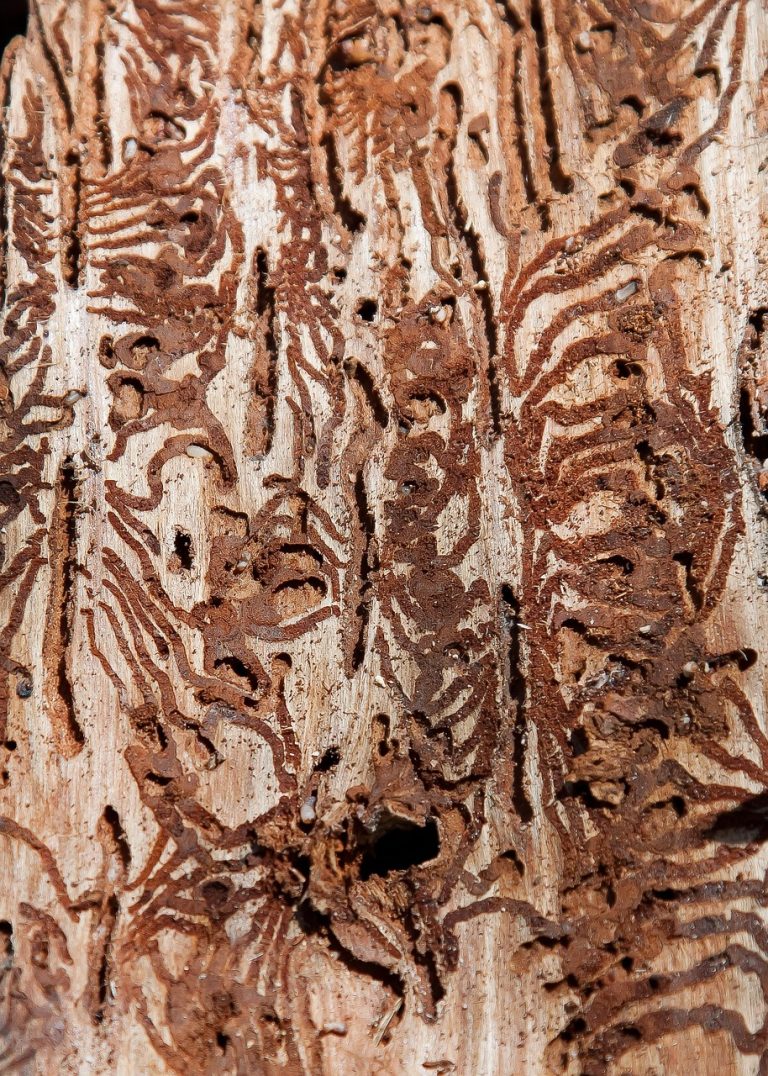first visit here?
Below is our popular pages, topical pages and other items of interest
Click the images or links below them to visit those pages
Welcome to Termites Bay – Your Guide to Termite Awareness & Protection
At Termite Bay, we’re dedicated to helping homeowners understand, prevent, and eliminate one of nature’s most destructive pests — termites. These tiny insects may look harmless, but they can silently damage the wooden structure of your home, costing thousands in repairs if left unchecked.
Our goal is to provide clear, reliable, and expert-backed information about termites — from identifying signs of infestation to learning what causes them and how to stop them before they spread. Whether you’re a homeowner, builder, or pest control enthusiast, Termites Bay is your trusted source for termite facts, prevention tips, and treatment guides.
Protect your home before it’s too late — explore our resources and stay one step ahead of termites today.

what are termites?
Termites are small, social insects that live in large colonies and feed mainly on cellulose, a substance found in wood, plants, and paper. Because of their diet, they are sometimes called “silent destroyers” since they can chew through wood, flooring, and even wallpaper without being noticed until serious damage has been done.
Here’s a quick breakdown:
Appearance: They look similar to ants but are usually pale, soft-bodied, and straight-waisted (unlike ants, which have narrow waists).
Social Structure: Colonies are highly organized and include a king, queen, workers, and soldiers.
Habitat: They live underground, in soil, inside wood, or in moist, dark environments.
Diet: Their main food source is cellulose from wood, paper, cardboard, and plant material.
Types: The most common are subterranean termites (live in soil), drywood termites (live inside dry wood), and dampwood termites (prefer moist wood).
While termites are destructive to homes and buildings, in nature they play an important role by recycling dead plant material and enriching the soil.


